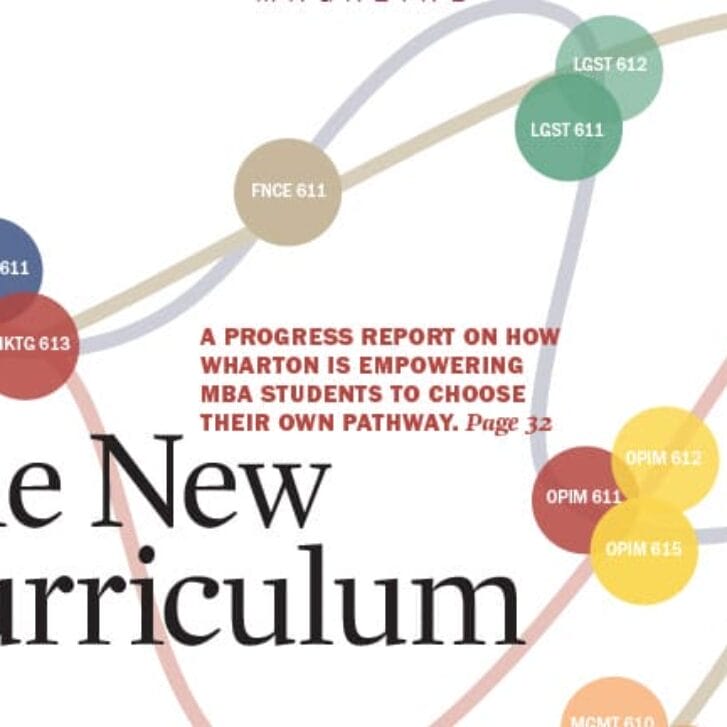The path to the boardroom differs vastly for each person. My first private board role came quickly, when a venture capital-backed smart apparel company contacted me in search of a board director with my exact skills and experience — not your typical board-search experience. Also unusual: My first public board role came to fruition in a matter of months, because I networked with a key executive at the precise moment the company was launching a search for someone with my background. Here’s hoping your path to the boardroom unfolds at breakneck speed, but the typical timing to get onto a board is two to four years, so some patience is required.
What can you do to increase your chances of getting on a corporate board? Enhance your candidacy by executing these four critical steps: preparation, investigation, broadcasting, and activation.
Preparation
Before you can even consider a board role, you’ll need a few things in your back pocket. First on the list is a bio — a one-pager that highlights your skills and experience and includes your “superpowers” as well as a professional headshot. Second, you’ll need an updated and concise (no more than two pages) résumé that highlights your relevant experience. And lastly, you’ll need to prepare an elevator pitch — a compelling 30-second encapsulation of your experience, key strengths, and the value you can add to the board.
Investigation
The next step in the board-search process requires homework. First, think about the type of company you’re interested in: public or private? Stage of growth? Size of revenues? Industry sectors? Stable business or turnaround?
Next, zero in on a shortlist of 15 to 20 companies that fit the criteria you’re considering. Conduct research on your target companies: Read analyst reports about them, and go on their websites directly to read their annual reports, 10-Ks, and earnings transcripts. Identify who currently serves on the boards of those companies, and consider how your skills may be complementary. Evaluate the major issues your target companies are facing and where you might have maximum impact. Also, come up with at least three areas where you can help the company make improvements, so you can discuss those ideas.
Broadcasting
Now that you’ve completed the necessary preparation and zeroed in on which company boards appeal to you, how do you get the “in”?
It might surprise you to learn that about 90 percent of board roles are obtained through networking rather than executive search. The power of leveraging your network can’t be understated. Reach out to people in your alumni and business networks as well as to new connections.
You’ll also want to take advantage of publicly available information. All public boards are listed on their company websites, so scope out if you already know someone on the board or know someone who knows someone on the board. If you find a connection with someone on the management team, ask that person to make an introduction to a board member on the nominating and governance committee — the people who recruit new members and refresh the board.
And finally, keep abreast of the news. When you read an announcement that someone is rolling off a board you’re eyeing, you’ll know a seat is opening up. That could be your golden opportunity.
Activation
This last step in your board search is about setting out a plan and timeline for your search. Develop a plan for regular check-ins with your key contacts at your target companies. A word of caution: Some executives who are new to the board-search process are led to believe they must join a board “community” and pay expensive fees to increase their chances of joining. This isn’t necessary and rarely results in a board seat. Instead, consider joining a networking board group that will foster new contacts and introductions and inform you of new board opportunities, like Wharton Alumni for Boards, which is free to join and focuses on getting more talented Wharton alumni onto boards.
Be sure to also take advantage of programs and conferences sponsored by the New York Stock Exchange, Nasdaq, the National Association of Corporate Directors, Equilar, and private equity and venture capital conferences. Check if board directors are in attendance, and seek to make those connections. Prior to conferences, scan the attendee list, and invite potential contacts to meet up for coffee or during a break. Be open to random business encounters; you never know where they’ll lead.
As you advance in your search for a board role, it’s important to remain open-minded, curious, and humble. New opportunities are available constantly. With some groundwork, positivity, and a bit of luck, you’ll discover the board role that best suits you.
Shaz Kahng WG89 is a multiple-time board director and CEO and a founding member and board director for Wharton Alumni for Boards. She has served on boards for public and private companies, including GoPro, InsideTracker, and Gymboree. She is also a board director for the nonprofit LiveGirl. Previously, Kahng was the CEO of Gymboree and Lucy Activewear and led global businesses at Nike. She is the author of the award-winning Ceiling Smashers series of novels that spotlight what it takes for female business leaders to succeed.


























